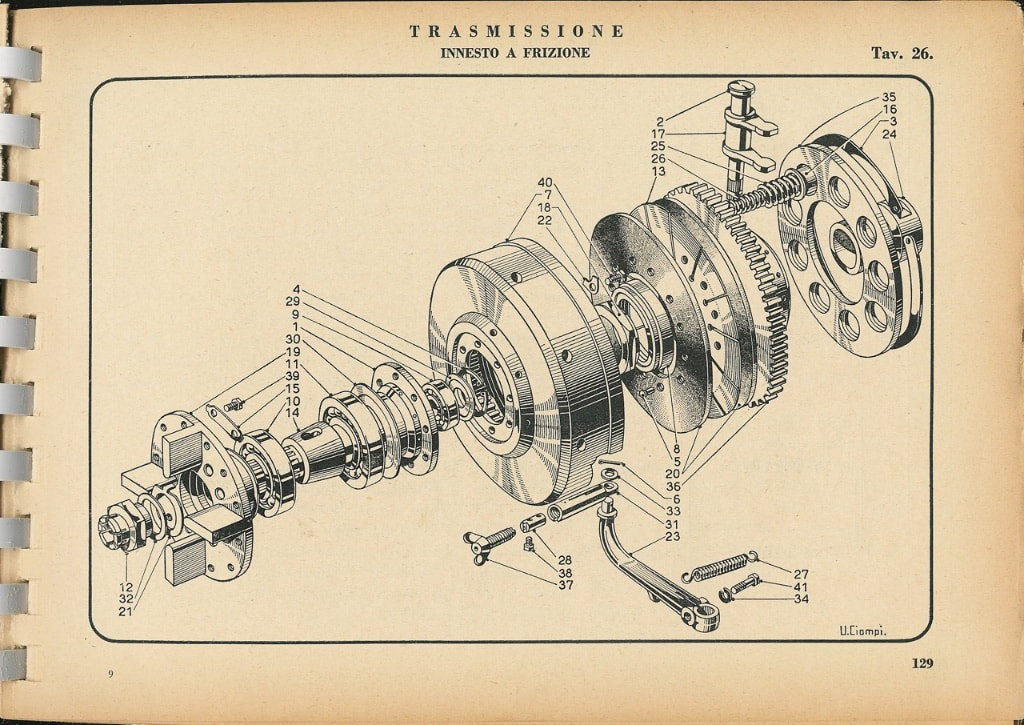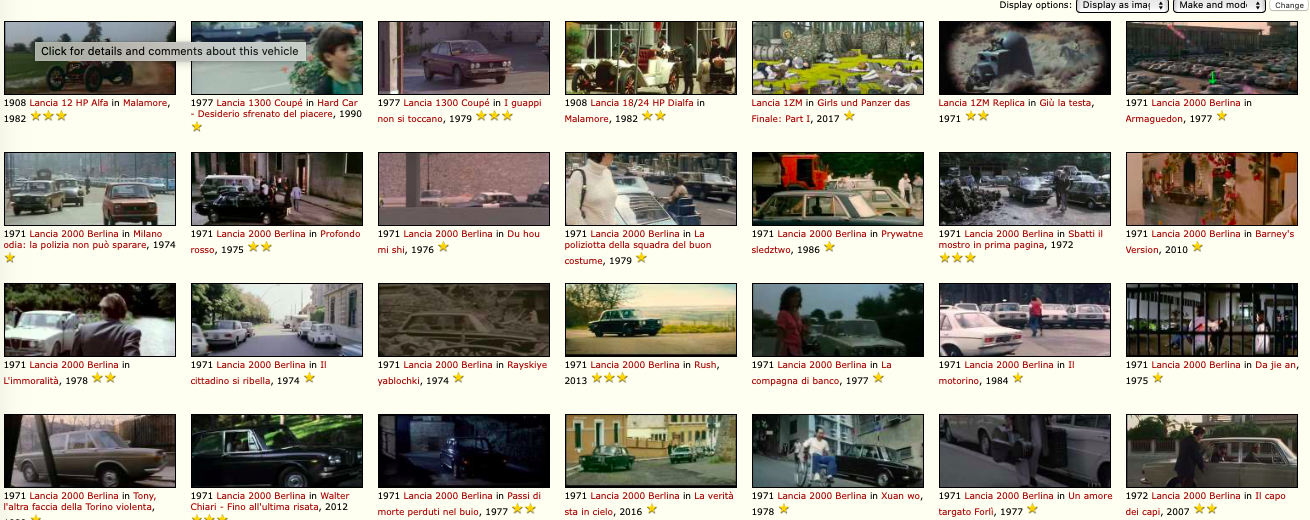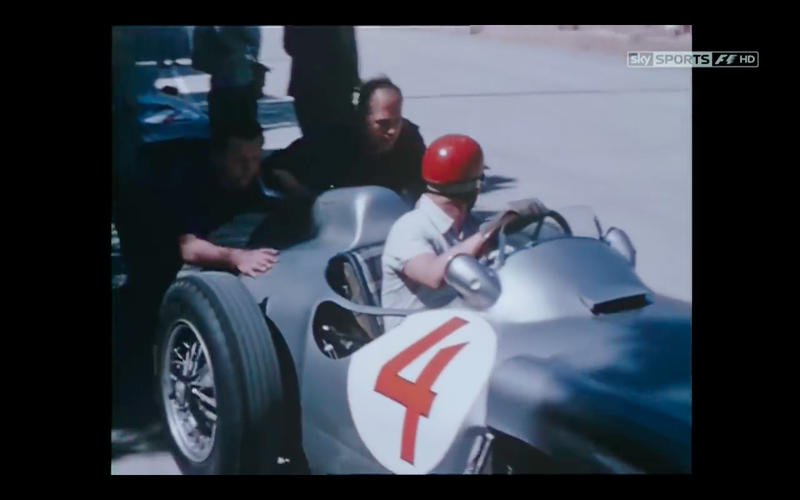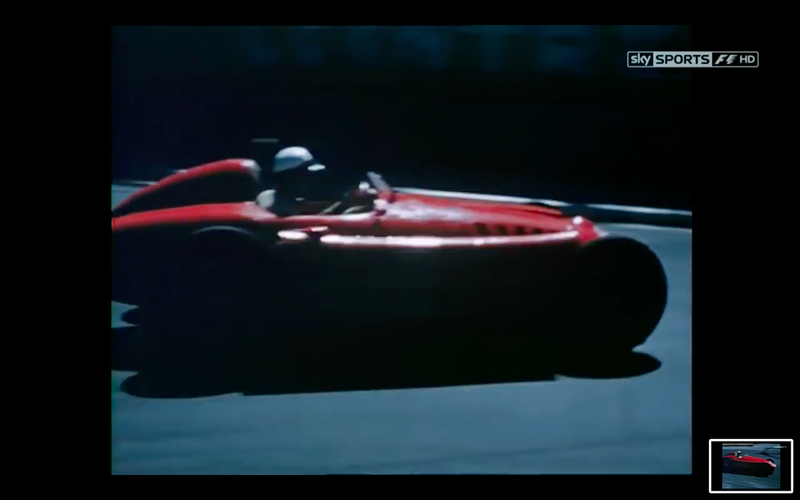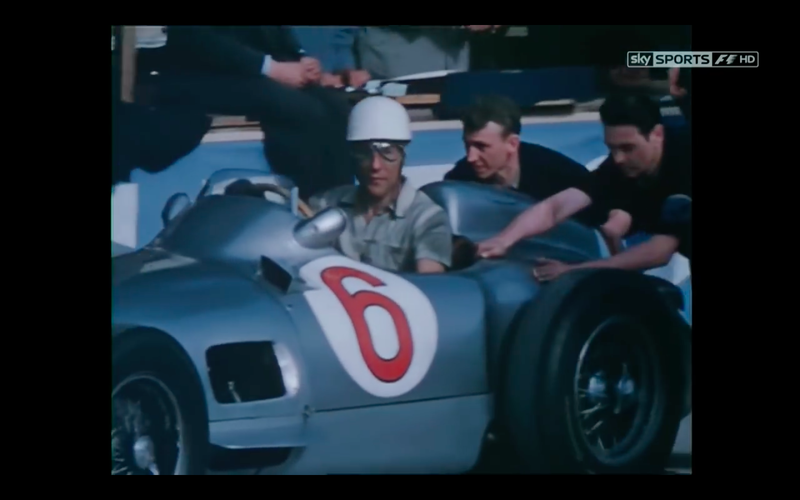|
Some great shots of the 1970 Stratos Zero introduction.... with models too. Glamour, and lots of it.
0 Comments
Reading technical drawings is not everyone's interest. Our appreciation for the cars is more often in driving them or working on them. But the Lancia drawings give one an insights into the thinking behind them - what was on their mind, what did they study, how did they resolve things. Its not for everyone, but it can give understanding to why things are so well worked out in their cars- things just don't seem to happen by accident. They are well resolved. And that happened at many stages along the design and construction of the cars; the drawings are one part of a larger chain of operations. Make no mistake - Lancia - both in their engineering, construction and also their design, used what one might call "big firm" standards (like Fiat, or other major manufacturers) for their products even if made in small numbers. For example, there is a very detailed engine bay and chassis drawing for the Aurelia B50, an incredible drawing about 6' long, that must have taken weeks to resolve - all for a production run of some 800 chassis. They never cut a corner in their products - and their drawings are all carefully and meticulously done. This became first evident in the Aurelia parts books, where exploded isometrics (orthogonal projects, which remain dimensionally true) revealed the overall assembly. It became clear that the Aurelia parts books were more interesting than the later ones, as the drawings were more artful - illustrated originally with pen and ink. Rationality came to the later models, with Fulvia and Flavia parts books as mere technical documents. The best piece technical documentation (including its drawings) was the workshop manual for the 3Ro truck, put out 1939-1940. Likely commissioned by Italian military, the book is about 400 pages, with lots of illustrations (including 6 pages on how to set up your diesel injection test bench, and about 20+ pages of special tools); the highlight are some 12 color technical drawings (many are foldouts) that are just superb. I was turned on to this book by an Italian ex-Fiat executive who sold me a number of Lancia truck parts books (used for research!) and he told me "you simply have to have this", bent my arm, and sold it to me. Couldn't be better. Lastly, there are the factory drawings in the archives in Torino. These are the most esoteric, and for those not trained in reading these kinds of drawings, the hardest to appreciate - but they are (to these eyes) often the most interesting. It is possible to trace (sometimes) to see what was tried and abandoned, and even how things evolved over time. While for some these can be the driest of all, in other light they provide insights into the design room where our dear cars were dreamed up and very carefully executed. One thing to note about Lancia drawings is that technical excellence was reflected not only in the level of definition (perhaps common to other manufacturers of scale), but that things were worked out in detail on the drawings - there was no "lets figure it in the shop". Things were studied, and resolved - likely changed with input from the shop floor, but the drawings "held the course". Two other interesting things about them - first, the revisions and notes give indications as to what they were thinking and what changed. A most interesting example was the adoption of De Virgilio's revisions to crankshaft balancing for the Aprilia and Ardea - his studies were completed in December of 1947, and the changes to the drawings were February of 1948. You can almost feel the revision happening. In addition, Lancia cared about their drawings, and hired highly skilled draftsmen. This can be seen in the delicacy of the linework, and the little details which would not be part of a production house (say Fiat), but were part of the designer's code of the time. Thoughtful design engineers put their ideas down onto paper - and traces of that can be seen.
Lastly, some of the drawings (especially the studies) are lovely to look at. They are compositionally well constructed, and clear. All in all, if one has the patience, Lancia drawings are yet another way to understand the cars and why they are so interesting. Flavia 2000 joined the roost, for cruising around the midwest, take on trips. A bit of the Gentleman's Express. Wife says its cute and the most reasonable one brought home. Not all bad...
A friend sent me this link: 160 pages of Lancias in the movies. What is nice about this is that it can be sorted by model, and you can look for 1950s films quickly. For finding movies of your favorite 3Ro.... Try looking at in list form, more easily viewed (and only 24p then). Also, the first couple of older cars may be a bit off, but still fun to see them all.
www.imcdb.org/vehicles.php?make=lancia&model= Lancia buffs have long agonized over the evolution of the marque. Some would identify the 1950s as its heyday in the 1950s, and the 1960s as a period of evolution to a more contemporary or modern lineup, with the Fulvia successful but also the less-so Flavia. The products through the 1970s and 1980s can be considered as a complex response to difficult marketplace, but also to incorporation of new engineering and managment approaches from Fiat.
It can be useful to see these difficulties in other companies as well - for comparison and to expand our understanding of what happened. Recommended is a three part series on the evolution of Jaguar, on the site Driven To Write. Insightful and cogent, analysis focuses on Jaguar evolution from about 1980 through 2010, a more recent time than Lancia's, but equally difficult. It was a struggle with contemporary styling and product alignment while trying to work out how to update their own traditions, issues quite similar to Lancia's. See the last part of the three part series (most recent), but the others are on their site: driventowrite.com/2021/05/31/jaguar-x-type-2001-2009-failure-analysis-profile-history/ Recently there was a Flaminia Berlina up for sale, and a number of friends were discussing how lovely it was, and how interested all of us were in it. That, plus some interest in the Flavia 2000 coupe, has heightened attention to the issue of conservative design, and build quality.
Recently came across a related couple of interesting articles about Mercedes 2 seaters, with in-depth study of the design for the 230/250/280SL of the 1960s and the 350SL, of the 1970-80s. The writing is very good and can inform the thoughtful Lancista. Well worth reading and sharing: driventowrite.com/2021/05/02/1971-mercedes-r107-history-profile/ auto-didakt.com/cars_blog_leser/mercedes-r107-450sl-friedrich-geiger-joseph-gallitzendorfer-ferdinand-hellhage-car-design-history-review.html In 2019, I was asked to come to Castlemaine and give a talk for the 100 year anniversary of the Lancia Kappa. Not knowing so much about the Kappa, the occasion was an opportunity to dig into the history of the early Lancias, the pre-Lambda cars, and see what was to be learned from them.
The position that emerged was somewhat different than that previously understood: the typical understanding was that the early cars were well made, even interesting in their own right, but not of the experimental or radical nature of the later Lancias, from the Lambda one. The approach taken was different, in that the whole of the Lancia undertaking, from 1907 to 1922 was seen as a single period of exploration and invention, of ideas tried and some abandoned; but that once seen all together, the work of that time set up and gave rise to the inventions and innovations of the Lambda. Seen another way, the breakthroughs of the Lambda, and its sister, the Trikappa, did not come from nowhere - and that to understand them, one had to assess the origins of such independent and different thinking. And that those origins were in the early years of the company, if one were to look closely for them. A written version of the talk can be found as Emerging Traditions, here: Articles Just discovered this... hard not to be fascinated. 1955 and everyone was there... Fangio, Stirling Moss, Taruffi, Hawthorne, Ascari, etc...
youtu.be/wWFZ9TnD35w Been a long period of silence. Part of that is winter, much of it is Covid, and busy with other things. Regarding Lancia activities - a few things to report:
- the book, Lancia and De Virgilio, At the Center, is in the process of being reprinted. It is very close to shipping, with copies to be made available either from Gilena, a bookstore in Brescia (for the European markets) or from myself here in the US. Just to be clear, this is simply a reprinting, with only a few minor errors corrected; it is not a 2nd edition. It is being done as the book was sold out, and there have been repeated requests for copies. - I have also been working on a study of Lancia's V4s, their balancing and their crankshaft designs. Many people have helped over the years, and apologies for the very slow pace of this effort. It is quite detailed but a booklet has now been completed and being put into printing. More on that soon. Took the B20 out for a spin yesterday, the car was quite happy to be out of the garage. Its been joined by a Moto Guzzi V7 motorcycle (the newer type), which tries not to gloat too much about the benefits of fuel injection and modern electrics. The Alfa which was here for a while has gone to a new home in California. Too many little things kept needing attention. Hoping everyone is well in these difficult times. May things improve. This past weekend, local mechanic Giovanni lent me an Alfa GTV, a 1974 2-liter, for a few days while he's doing replacing some bushings on the Aurelia. I was admiring the GTV's lovely lines and its compact package, a nicely proportioned 1960s design on the old 105 chassis. Its a lot of fun for the young-at-heart, with a great engine and trans. Given nice roads, nice car - and even with a few rattles and wind noise. Not a Lancia, but worth appreciating.
A comparison of dimensions tells an interesting story. Assuming they are correct (assembled casually from web data), the following can be gleaned:
These GTVs are quite popular in the States, similar to the Porsche 356 or other cars of that period. Its easy to live with, and fun to drive, although missing some Lancia refinements! |
CategoriesArchives
July 2023
|




